Zion National Park is one of the most beautiful places in the state of Utah. It consists of massive canyons, towering rock walls, and expansive valleys. The name Zion refers to the Hebrew word Sion, which means a sacred place. It was initially attributed to the park’s most famous formation, Zion Canyon. Spend a few hours in this national park, and you’ll likely feel a sacred aura surrounding the entire area.
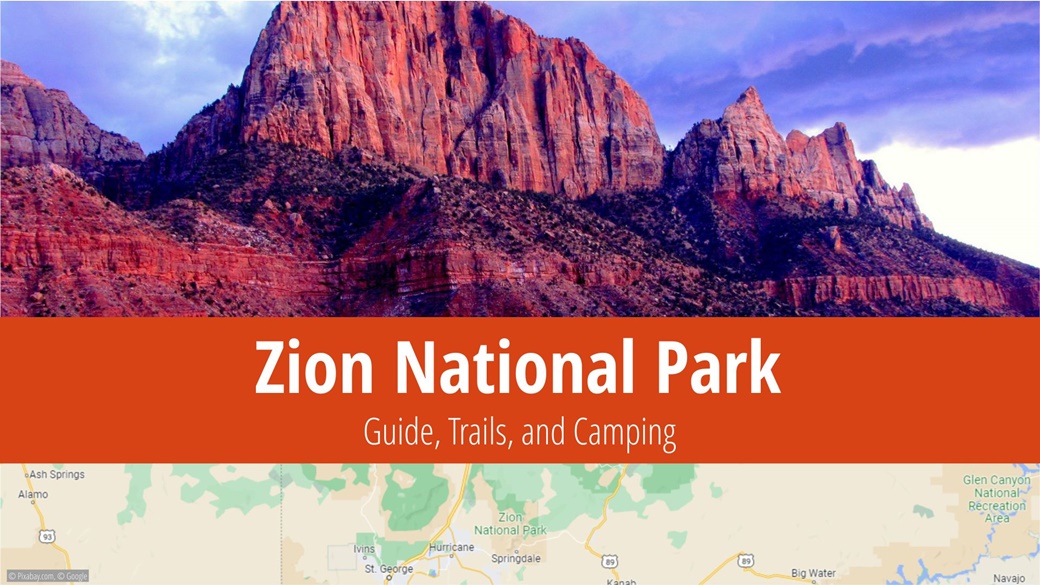
Table of Contents
Information About Zion National Park
Zion was established as a national park in 1909, back when it was known as Mukuntuweap National Monument. In 1919, it was renamed Zion National Park and, as per 2021 figures, it now attracts approximately 5,039,835 visitors annually.
The park encompasses three geographical areas – the Mojave Desert, the Great Basin (Great Basin), and the Colorado Plateau. The elevation of its vast canyons exceeds 4,921 ft. The lowest point in Zion Park is Coalpits Wash at 3,665 ft, while the highest point is Horse Ranch Mountain at 8,727 ft.
Zion National Park is also remarkable for its diverse fauna. It is home to 290 species of birds, 79 mammals, 28 reptiles, seven types of fish, and six amphibian species. On your daily walks through the park, you’re most likely to come across deer, squirrels, and lizards.
What to Do in Zion National Park
Points of Interest in Zion NP
The following spots are worth visiting in Zion National Park, whether you choose to explore them on foot or by shuttle. The two bus lines service nine different stops, and their use is complimentary.
- Court of the Patriarchs
This trio of sandstone formations in the western part of the park is comprised of three monoliths named after biblical figures: Abraham, Isaac, and Jacob. You can reach them either on foot or by shuttle. - Angels Landing
This 1,490 ft-high rock formation is a favorite among climbers. An 5 mi trail (round trip), which winds through the West Rim, will also take you to the top. The trail, which offers beautiful views and a climb at the end, requires an entry permit issued by lottery. The trek typically takes about four hours to complete. - Great White Throne
The “Great White Throne” earns its name from its bright color, which stands out against its surroundings. The summit lies at an elevation of 6,745 ft, and the difference in elevation from the canyon is 2,395 ft. The Great White Throne is the principal symbol of Zion National Park and is visible from virtually any part of the park. - Temple of Sinawava
This beautiful canyon is nestled near perpendicular cliffs. Mature American maples and poplars, along with a cascade of waterfalls in the spring and summer, enhance the photogenic appeal of the place. It is accessible via shuttle. - Weeping Rock
This moss-lined trail with rock overhangs and spectacular views is occasionally subject to rockfalls. As a result, it is often closed for safety reasons.
Hiking
The park’s main attractions are its rocks, overhangs, and canyons. Put on your sturdy shoes and embark on a hike; Zion National Park offers nearly two dozen trails.
You can find an overview on the park’s website, along with up-to-date information on trail closures. From time to time, some trails may be temporarily closed due to falling rocks.
Canyoning
The environment of Zion National Park offers excellent opportunities for canyoning. To canyoneer across the entire national park you need a permit, which can be obtained via a lottery system up to two months in advance.
The easiest way to experience this is through the services of Zion Adventures, which offers several canyoning packages for families and advanced explorers, including equipment rentals and guidance from an instructor.
The Narrows
Offering a mix of hiking and canyoning, “The Narrows” provides an unforgettable section of the park. Here, most of the trail wades through the river. As the narrowest part of Zion National Park, the gorge in some areas is only 20 ft wide, while the surrounding cliffs tower over 984 ft high.
One trail starts at the Temple of Sinawava and follows the Virgin River upstream for 5 mi (you then return along the same route). The trail’s elevation gain is 335 ft, and it can take between 1 and 8 hours to complete.
The other option starts at Chamberlain’s Ranch and requires a permit. It spans 16 mi one way and usually takes between 10 and 14 hours, which can be split over two days with an overnight stay in the wilderness.
For both trails, you can turn back at any time. The depth of the river varies throughout the trail and at different points. At some places, it’s about 30 cm deep, while in the pools, the water can reach chest level. If you enjoy trying different outdoor activities, you’ll likely appreciate The Narrows.
Kolob Canyons
Located approximately 40 mi north of Zion NP, the deep red Kolob Canyons are easily accessible from I-15. At Exit 40, just follow the 5 mi long Kolob Canyons Road. You can either drive the entire scenic road or park your vehicle and take the hiking trail to one of the overlooks.
This minor detour is worth the extra hour or so, and there’s also a visitor center at the exit where you can stop.
When to Visit Zion National Park
Zion’s summer season runs from June to September. Daytime high temperatures hover around 91 °F–97 °F, dropping to 59 °F–64 °F at night. The park usually experiences rain 3-5 days per month during this period.
Winters in the park are relatively mild. From December to February, high temperatures are still a comfortable 52 °F–57 °F, falling just below freezing at night.
Late summer and autumn are the best times to visit the park for hiking, as the weather is pleasant and all trails are accessible.
To avoid the crowds, plan your trip to Zion National Park between October and March. In fact, 70% of the park’s visitors come during the peak season from April to September. The park is open year-round.
Average Temperatures and Visitor Numbers in Zion National Park
The average temperatures in Zion National Park and visitor numbers are based on the averages from 2017-2021. The data source is the National Park Service.
| Max Temp | Min Temp | Precipitation Days | Visitors | Popularity | |
|---|---|---|---|---|---|
| January | 54 °F | 30 °F | 3.9 | 110 448 | 🟩 |
| February | 59 °F | 34 °F | 4.4 | 123 674 | 🟩 |
| March | 66 °F | 39 °F | 4.3 | 360 938 | 🟨🟨 |
| April | 75 °F | 45 °F | 3.1 | 447 406 | 🟨🟨 |
| May | 86 °F | 54 °F | 2.1 | 519 393 | 🟧🟧🟧 |
| June | 95 °F | 63 °F | 1.6 | 578 060 | 🟧🟧🟧 |
| July | 100 °F | 70 °F | 4.4 | 577 592 | 🟧🟧🟧 |
| August | 99 °F | 68 °F | 5.1 | 493 771 | 🟧🟧🟧 |
| September | 91 °F | 61 °F | 3.4 | 494 579 | 🟧🟧🟧 |
| October | 79 °F | 48 °F | 3.4 | 422 420 | 🟨🟨 |
| November | 64 °F | 37 °F | 2.7 | 242 376 | 🟨🟨 |
| December | 54 °F | 30 °F | 3.4 | 158 957 | 🟩 |
Entrance Fees for Zion National Park
The entrance fee for Zion National Park is $35 per week per car, with a maximum of 15 passengers. If you enter the park on foot, the fee is $20.00 per person.
If you plan to visit more than one national park during your trip in the USA, consider purchasing an America the Beautiful pass. For one price $80, you can visit all USA National Parks. You can find more info at the America the Beautiful Pass post.
Traveling to Zion National Park
Zion National Park is situated near St. George, Utah, close to the borders of Nevada and Arizona. The most convenient way to reach the park is by renting a car. Here are some approximate distances to give you an idea:
| From / To | Distance | Driving Time | Route |
|---|---|---|---|
| Las Vegas | 160 mi | 2 hours 45 minutes | View Route |
| Los Angeles | 428 mi | 6 hours 30 minutes | View Route |
| Salt Lake City | 308 mi | 4 hours 30 minutes | View Route |
| San Francisco | 727 mi | 11 hours | View Route |
Park your car at the visitor center and use the park shuttle for transportation. During peak season, driving within the park is not permitted. However, during the off-peak season, when the shuttle is not running, you are allowed to drive within the park.
If you do not have a car, you can purchase a day trip to Zion from Las Vegas.
Accommodation in Zion National Park
🏨 Hotels
Several motels and hotels provide accommodation near Zion National Park, typically located in the neighboring towns of Cedar City, Hurricane, or Springdale. Rates for the most affordable rooms start at approximately $70 per night.
⛺ Campsites
Camping inside the park is an option, with three campsites available. These sites often fill up during peak season, so early reservations at Recreation.gov are recommended.
- Watchman Campground
Located near the Zion Canyon Visitor Center, around 1,312 ft from the South Gate in Springdale. It is open year-round for tents and RVs. A tent site costs $20.00 per night. - South Campground
This campground is also near the Zion Canyon Visitor Center, around 2,625 ft from the South Gate in Springdale. It is open from March through October, and the cost per campsite is $20.00 per night. - Lava Point Campground
The third campground is open from May to September, depending on the weather. It is a 45-minute drive north of the town of Virgin and is situated at an elevation of 7,890 ft.
Tips and Advice for Visitors to Zion National Park
ℹ️ Visitor Centers
There are three visitor centers where park rangers provide information and where visitors can learn interesting facts about Zion National Park. All are open daily.
- Zion Canyon Visitor Center
The main visitor center is open daily from 8:00 am to 7:00 pm during the peak season. It is located at the park entrance in Springdale. Parking is available. - Zion Human History Museum
The museum is also located in the city of Springdale, but is separate from the visitor center. - Kolob Canyon Visitor Center
This center is located in the town of New Harmony and serves as the gateway to the Kolob Canyons area.
👍 Good to Know
Closures of some hiking trails are relatively common in this park. I recommend checking the park’s website the day before your visit to stay updated on the current situation.
From mid-March to October, a free shuttle bus operates between the visitor center and the Temple of Sinawava. It runs daily from 7 a.m. to 7:15 p.m. The schedule and individual stops can be found on the park’s website. This shuttle service is free of charge.
Before your trip, consider downloading the National Park Service app and offline maps and brochures to your phone. These resources provide more detailed information about different parts of Zion National Park.
Photos of Zion National Park
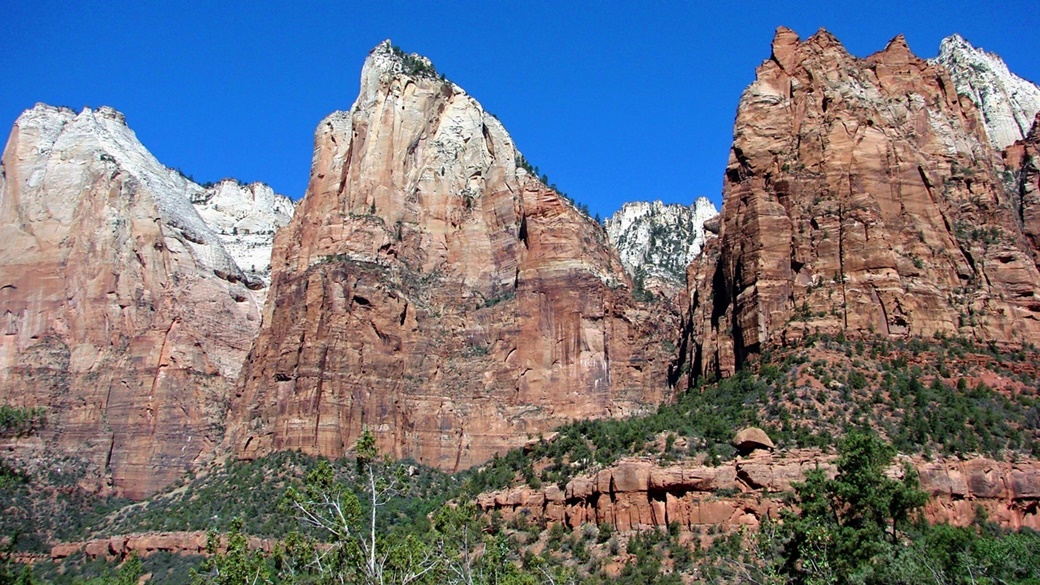
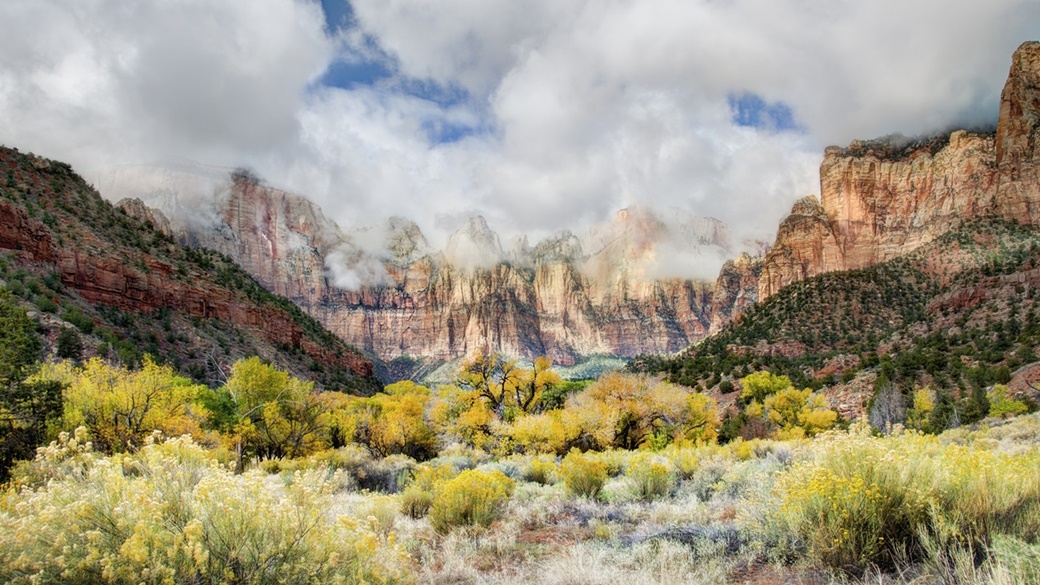
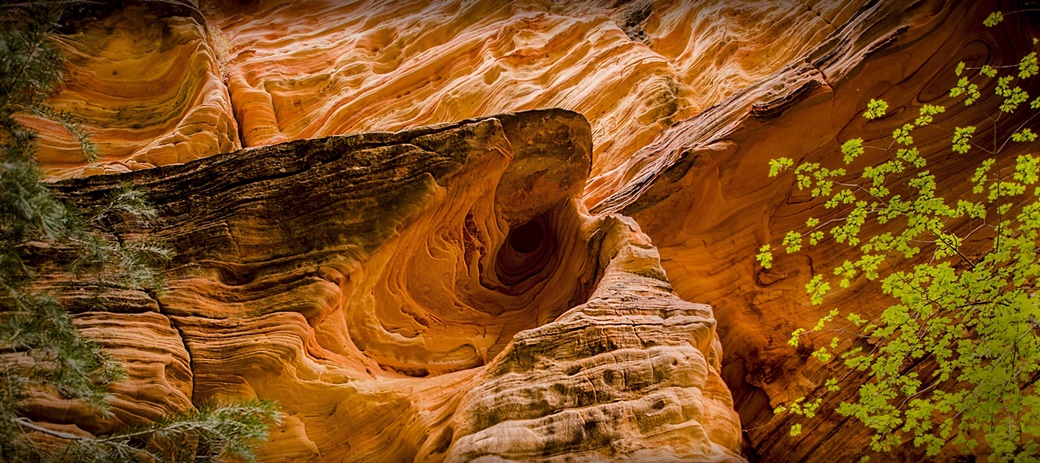
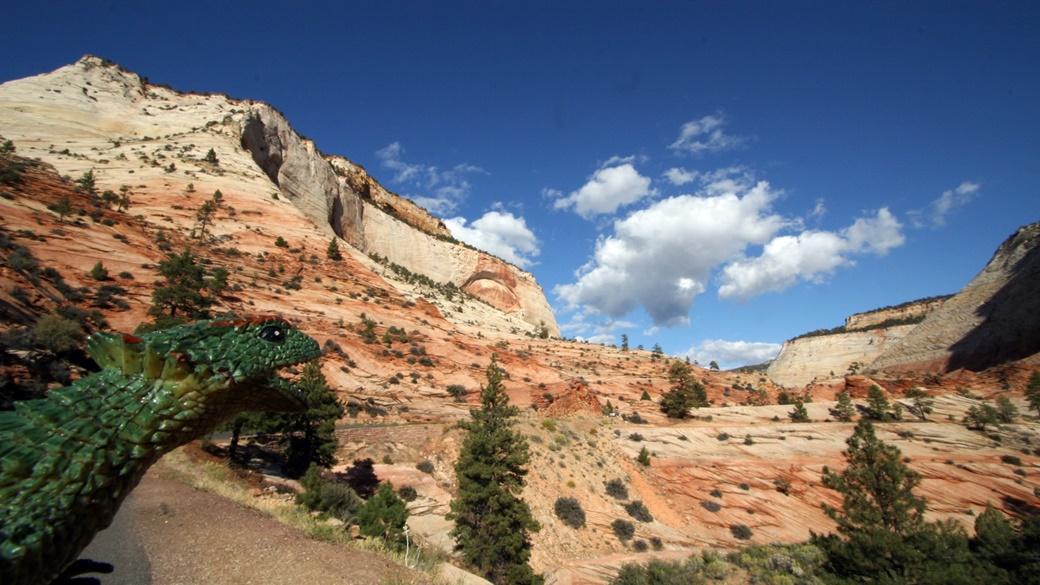
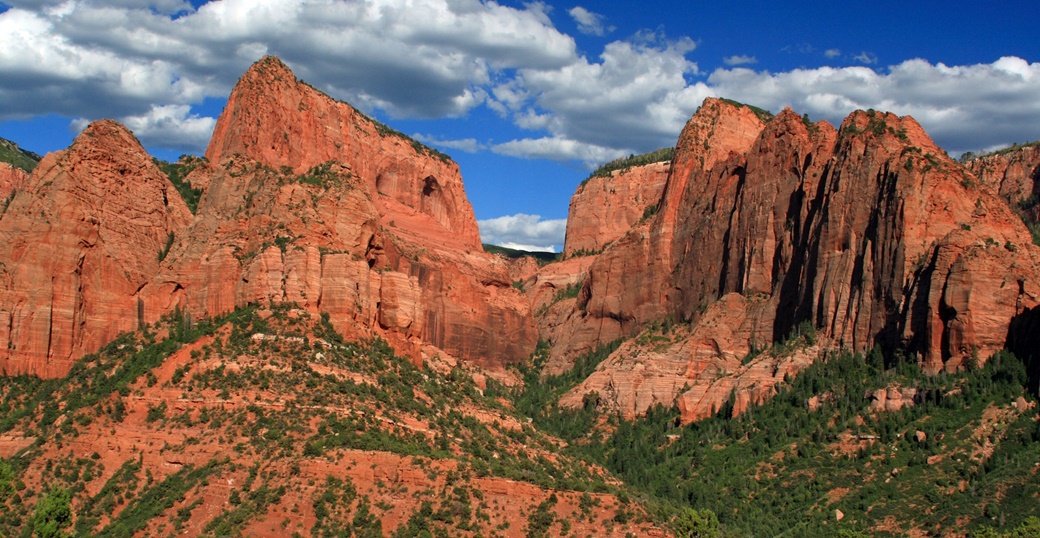
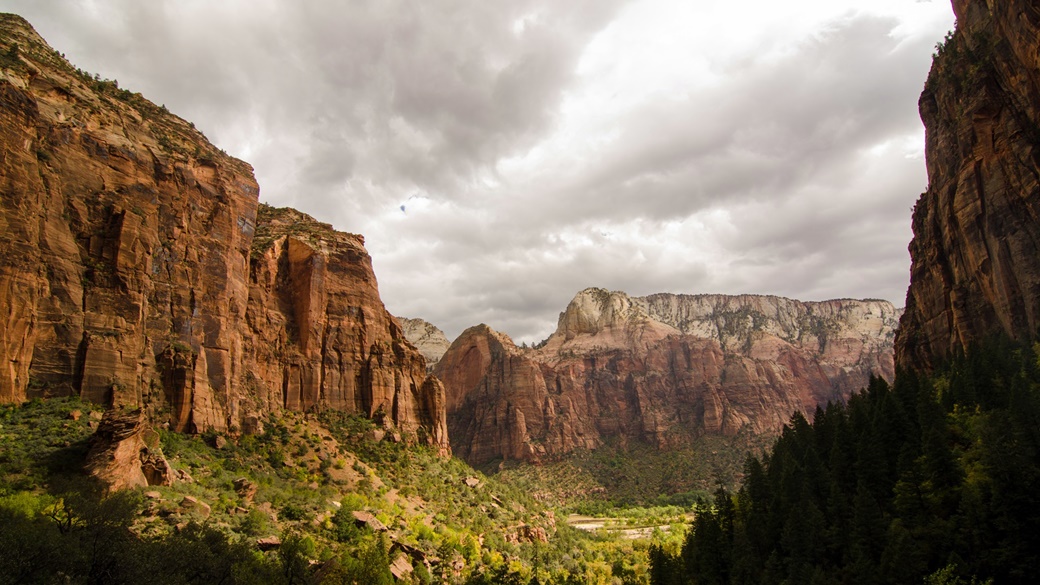
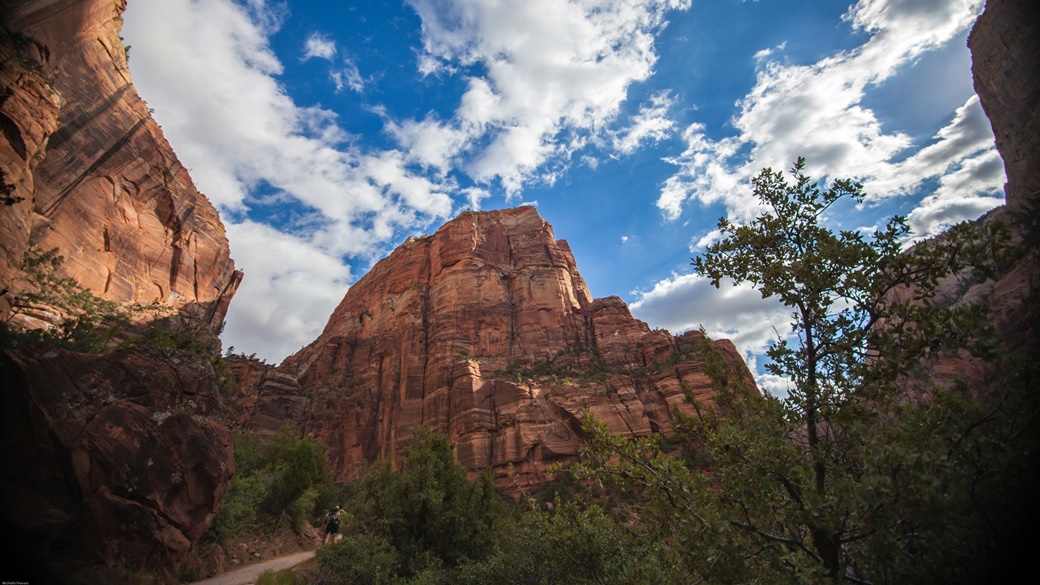
US National Parks
- National Parks of the USA – Map, List and Annual Pass
- America the Beautiful Pass 2025 – How It Works, Cost & Parks
- Timed-Entry Reservation for US National Parks (2025 GUIDE)
Travel Guides to USA National Parks

 10 Best Photo Places in the USA
10 Best Photo Places in the USA


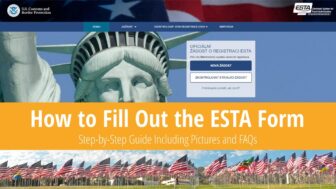

Contribute with Your Question or Personal Experience